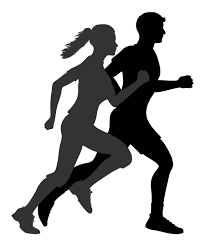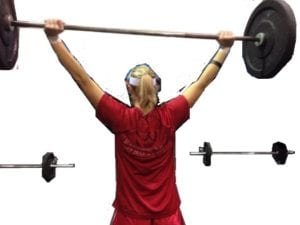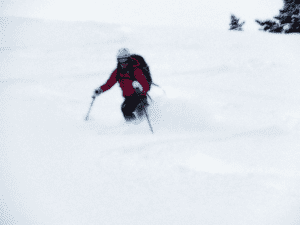Blog
Cross Training and Running
What does cross training mean?
Instead of only participating in a single sport where similar motor patterns and muscle fibres are used repetitively, cross training integrates other activities that complement the primary activity. Common activities for runners are swimming, cycling, weight training and yoga.
 Why cross train?
Why cross train?
With distance running the main movement is forwards. Using other activities that use muscles differently can help balance the body, maintain better joint mobility and keep the mental aspect fresh. Low impact activities tend to be good pairings. Improving running economy, cardiovascular fitness, strength, and mobility are key goals as well as changing the mental focus. Improving upper body strength and making soft tissues more durable are also good reasons to cross train.
Who should do it?
Every runner at some point in their training cycle.
Runners who don’t tolerate high mileage.
In the off-season for injury prevention, mental rejuvenation, and fun.
Pool running, anti-gravity treadmill, weight training, and bike can be great options when injured.
Primary Benefits of Common Cross Training Activities
Walking: Low Impact (LI), good for building endurance, walk/run programs increase volume with less stress on joints
Hiking: LI, upper body workout with poles, elevation gain and descend for strengthening
Swim: LI, upper body conditioning, core strength, lengthening and decompression effect of being in water, hydrostatic pressure helpful for inflammation, kickboard to help hip mobility and strength
Pool Run: LI, good for maintaining aerobic conditioning, belt on or off for less or more challenge, most like running without impact loading, good resistance training for trunk and arms
Bike: LI, 30-60 second power intervals for high-intensity bursts, mountain bike to work on power, road to work on muscular endurance
Triathlon: three sports in one, variable workload and muscle activation patterns, build cardiovascular endurance in all sports, interval workouts, LI options in swim and bike.
Obstacle Course Racing: multisport, includes run fitness with general fitness, upper body strength, fun and challenging
 Weight Train: good to work on muscle imbalance and increase shock absorptive strength of lower body, strengthen upper body and core for durability and assist in power production, even one set 8-12 2-3 x/w heavier loads beneficial
Weight Train: good to work on muscle imbalance and increase shock absorptive strength of lower body, strengthen upper body and core for durability and assist in power production, even one set 8-12 2-3 x/w heavier loads beneficial
Plyometrics: skipping, box jumps, single leg hops strengthen connective tissues, high-intensity workouts to build power
CrossFit: full body workouts, focus on strength and explosive power, good carry over to Obstacle Course Racing, rope climbing, box jumps, deadlift, burpees, variety with Work Outs of the Day and also flexibility with the range of motion workouts
Pilates: good for mobility, stability, body awareness, endurance, posture
Yoga: many types available, good focus of hip openers, calf and hamstring flexibility, trunk strength, meditative, breathing, hot yoga good for acclimatization for hot and humid races, restorative yoga for helping tight overworked muscles, Vinyasa flow classes for more cardio training
 Nordic Ski: classic skiing is similar linear motion to running, more upper extremity use, winter break from trail running, skate ski requires higher intensity effort and lateral hip motion
Nordic Ski: classic skiing is similar linear motion to running, more upper extremity use, winter break from trail running, skate ski requires higher intensity effort and lateral hip motion
Alpine Ski: power and strength conditioning
Alpine Ski Touring: good aerobic training without LI, work at elevation good for aerobic conditioning
Soccer: aerobic conditioning, agility, interval workout
Rowing: upper body and leg strength, interval train, breath control
Racquet Sports: high-intensity anaerobic workout
Elliptical: similar movement to run without impact
Martial Arts: mobility, strength, mental discipline






